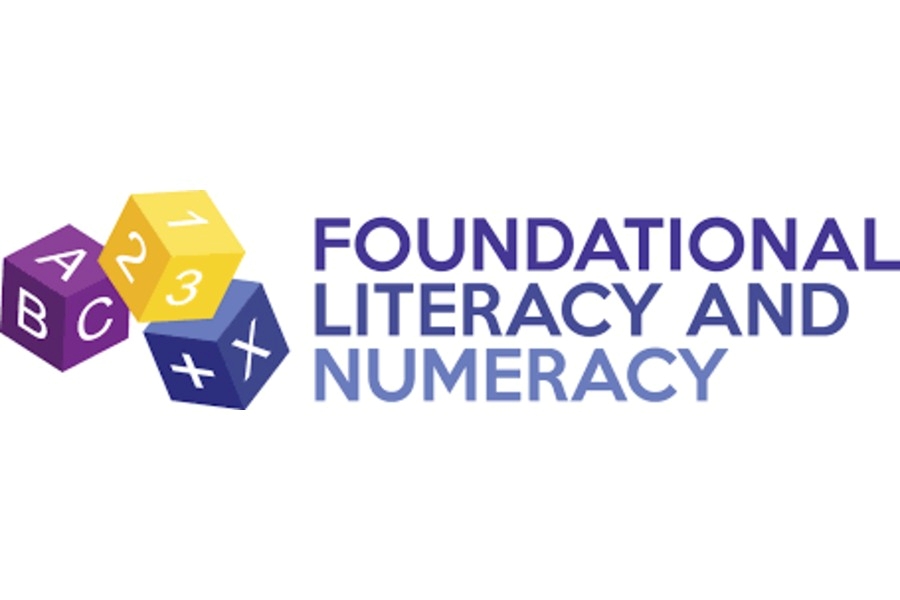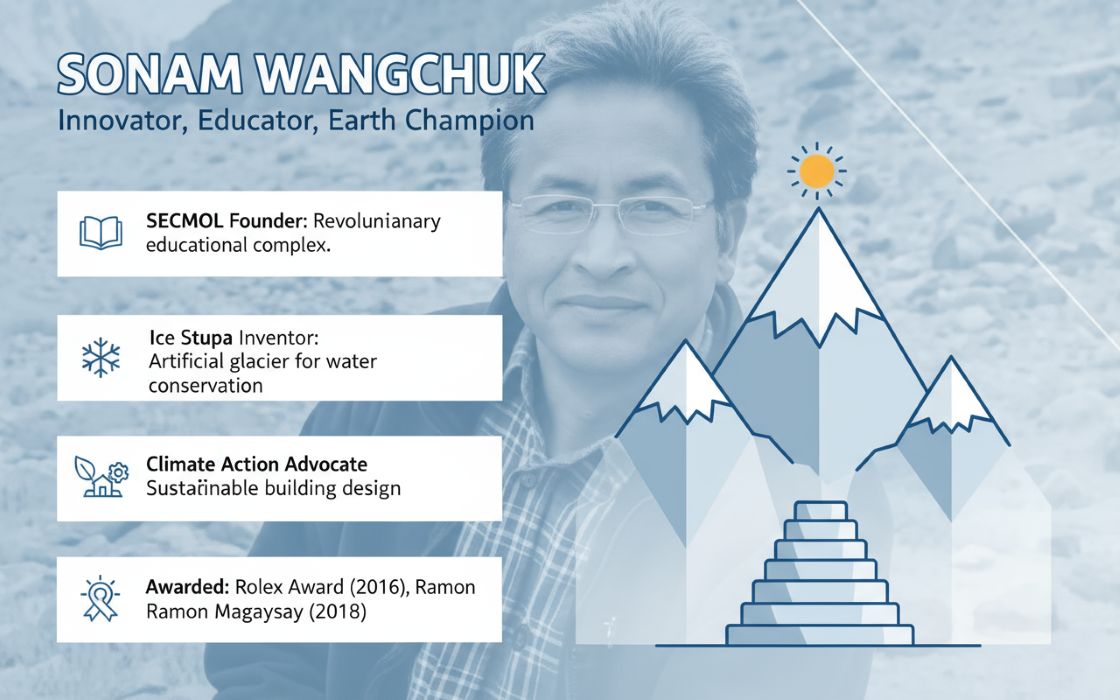When you think of Wai Wai noodles, a globally cherished snack found in kitchens across continents, you likely picture a quick, flavourful bite. But behind this global success lies a deeper mission; one focused on fostering hope, resilience, and sustainable development in Nepal, India, Moldova, and beyond. Dr. Binod K. Chaudhary, Chairman, CG Corp Global, has consciously channelled his entrepreneurial achievements into a powerful force for social impact. Through the CG Foundation, he has dedicated significant resources to tackle pressing global challenges such as education, healthcare, disaster relief, and poverty alleviation.
In this exclusive interview, we delve into the transformative impact of the CG Foundation and its far-reaching initiatives across borders. Drawing on his experience in leading post-earthquake recovery efforts in Nepal in 2015, Dr. Chaudhary highlights the power of strategic partnerships in creating meaningful, lasting change. He reflects on how the convergence of business insight and philanthropic intent can accelerate social good. From disaster response to building resilient livelihoods, Dr. Chaudhary shares how the foundation’s integrated, community-driven approach continues to evolve with his steadfast commitment to empowerment.
Read the conversation below to delve into the journey and impactful strategies of the CG Foundation, uncovering their on-the-ground efforts to create lasting change in communities worldwide.
Q&A
Q. CG Foundation operates across Nepal, India, and Moldova with a focus on sustainable community development. Could you begin by telling us about the Foundation’s mission, vision, core values, and the key focus areas that shape its work?
A. At CG Foundation, our core mission is to foster a safe and healthy society by providing quality education, good health, and a sustainable environment. Our vision is to support Nepal’s transformation and make it stand out globally. We operate across India, Nepal, and Moldova.
However, we are rooted in values like community empowerment, equal access to opportunities, and cultural heritage preservation. We focus on areas like education, health, disaster management, skill development, and social reform through innovation, compassion, and inclusive development.
Q. From starting local initiatives to becoming a regional force for development, how would you describe the journey of CG Foundation so far? What have been some pivotal moments that shaped this growth?
A. The CG Foundation's journey has been very transformative over the years, from initiating local programs in Nepal to becoming a catalyst for regional development across Nepal, India, and Moldova. A pivotal moment for our foundation was the disaster after the 2015 Nepal earthquake, where we rebuilt the Giranchaur village and redefined our commitment to sustainable rehabilitation. Additionally, initiatives like Shashwat Dham (spiritual-cultural center), Unnati Skill Program (vocational training), and Nepal Social Business Fund (social entrepreneurship) have strengthened community-based development.
Q. With a presence across different countries, how does CG Foundation adapt its programs to meet local community needs, especially in creating employment and supporting livelihoods?
A. We are very focused on all aspects of every region or country we serve. Our core mission remains the same; we try to tailor programs that align with the locals' needs, whether it is skill development through the Unnati program in Nepal, digital empowerment with the help of Moldcell Foundation in Moldova, or enterprise incubation in India. We work closely with local partners, communities, and governments to ensure that all programs serve their relevance and strong impact. At CG Foundation, we focus on vocational training, market linkages, and grassroots entrepreneurship, especially for women and youth.
Q. Strategic collaborations have played a role in CG Foundation’s initiatives. How do you approach partnerships, and what factors do you consider critical for achieving lasting community impact?
A. Strategic partnerships are the core of the CG Foundation’s ideology of creating scalable community impact. We engage in collaborations following a shared-value model with aligned goals, with partners who share our commitment to sustainable development in education, health, or livelihoods. For instance, our partnership with Lions Club International for Nepal Social Business and Moldcell Foundation for digital education shows how aligned goals among the partners can boost outreach. Additionally, we believe that mutual trust, community involvement, and long-term commitments play a crucial role in this move because the impact is only driven when efforts have been co-created with stakeholders.
Q. Following your work in disaster management, particularly after the 2015 Nepal earthquake, what lessons has the CG Foundation carried forward in designing current and future resilience programs?
A. After the 2015 Nepal earthquake, while rebuilding the Giranchaur village, we learned that disaster recovery requires resilience building and community empowerment beyond immediate relief. We realized the importance of swift action, local leadership engagement, and integrated solutions in housing, education, and livelihoods. These insights now shape our ongoing programs, where we prioritize preparedness, sustainable rebuilding, and skill training. Our models have also progressed by integrating digital classrooms, vocational training, and health access to all the communities.
Q. Skill development and women empowerment are central to many of your initiatives. How is the CG Foundation strengthening its work in these areas to align with current socioeconomic challenges and opportunities?
A. Skill development and women empowerment are the main focus of CG Foundation’s strategy. By running projects such as the Unnati Program, we prepare women from marginalized communities with vocational training and help them craft market-ready products and build a sustainable source of income. Through Unnati, we have been able to train hundreds in skill development programs, linking them to the markets and ensuring economic sustainability. These initiatives help preserve traditional crafts and increase their value within contemporary markets.
Q. India has emerged as an important geography for CG Foundation’s activities. Could you highlight some of the key initiatives being undertaken in India, and also share your perspective on the CSR landscape in the country — especially in terms of regulatory structure, partnerships, and opportunities for social impact?
A. India emerged as an important geography for the CG Foundation. We focus on enterprise building, skilling training, and community upliftment, supported by partnerships that bring social business models to underdeveloped areas. Notably, India’s organized CSR ecosystem ensures an effective regulatory environment and rich opportunities for partnerships. We see this as an opportunity for co-creation in scalable, high-impact programs in society by integrating innovation, accountability, and grassroots empowerment to promote sustainable and inclusive development across areas.
Q. What are some of the challenges CG Foundation has encountered while implementing social development programs in India, and how have these been addressed?
A. While implementing social development programs in India, we encountered challenges such as navigating diverse regulatory landscapes, aligning with local governance, and building trust within the communities. However, we were able to address these challenges with the help of local partnerships and through the involvement of the communities at every step. We learned that by focusing on the grassroots execution, we could adapt effectively in India ensuring that our initiatives remain inclusive and sustainable across India.
Q. Spiritual and cultural heritage conservation is also a focus area for CG Foundation. How does this fit into the broader objective of sustainable community development?
A. Cultural and heritage preservation has been considered one of the pillars of our social initiatives. Through CG Foundation, we have created a spiritual and cultural center called Shashwat Dham, where we preserve Sanatana Dharma and promote Vedic thoughts and knowledge. These places attract tourists and become a source of income through local crafts and services. We have also supported various artisans by providing them with platforms such as Unnati Bazaar so that local crafts can thrive. We aim to preserve Nepal’s spiritual, artistic, and cultural identity while developing sustainable livelihoods. We believe that by blending heritage conservation with community engagement, we could develop a holistic environment that nurtures both cultural continuity and economic well-being. By integrating tradition with development, we ensure that our rich heritage continues to inspire future generations.
Q. With diverse programs across healthcare, education, livelihoods, and disaster relief, how does the CG Foundation assess and measure the impact of its interventions?
A. Our goal is to measure the impact through qualitative insights and outcomes, particularly tailored for each program. For instance, in healthcare, more than 1,000 individuals have received artificial limbs through the CG Sabal Centre. For better livelihoods, we have started the Unnati program, which helps in job creation and income generation for women artisans. Meanwhile, to provide disaster relief, we assess house reconstruction, digital education, and community upliftment initiatives. We always focus on the transformation of the community with a long-term impact.
Q. How does the Foundation plan to scale its impact by 2030, keeping the SDGs in focus?
A. We are committed to the Sustainable Development Goals. Our Strategic approach includes scaling impactful programs in education, healthcare, livelihoods, and climate resilience. We aim to expand vocational training through the Unnati initiative and improve maternal and child health services while fostering social entrepreneurship with the help of Nepal Social Business. Additionally, we focus on preserving Nepal’s cultural heritage through projects like Shashwat Dham. By leveraging our partnerships and innovation, we intend to create an inclusive environment across Nepal, India, and Moldova.
Q. Based on your experience leading both business and philanthropic initiatives, how do you view the role of corporate leadership in contributing to sustainable and equitable development?
A. At CG, we believe that corporate leadership must extend beyond profits and purpose. While leading business and philanthropic initiatives, we have realized that entrepreneurship could work as a powerful driver of equitable development. By launching various initiatives, we have embedded social responsibilities into our business ethics by investing in education, livelihoods, health, and preservation of cultural heritage. We believe corporate leaders have enough resources and influence to address the challenges, and we must lead with a long-term vision that will mitigate these issues.

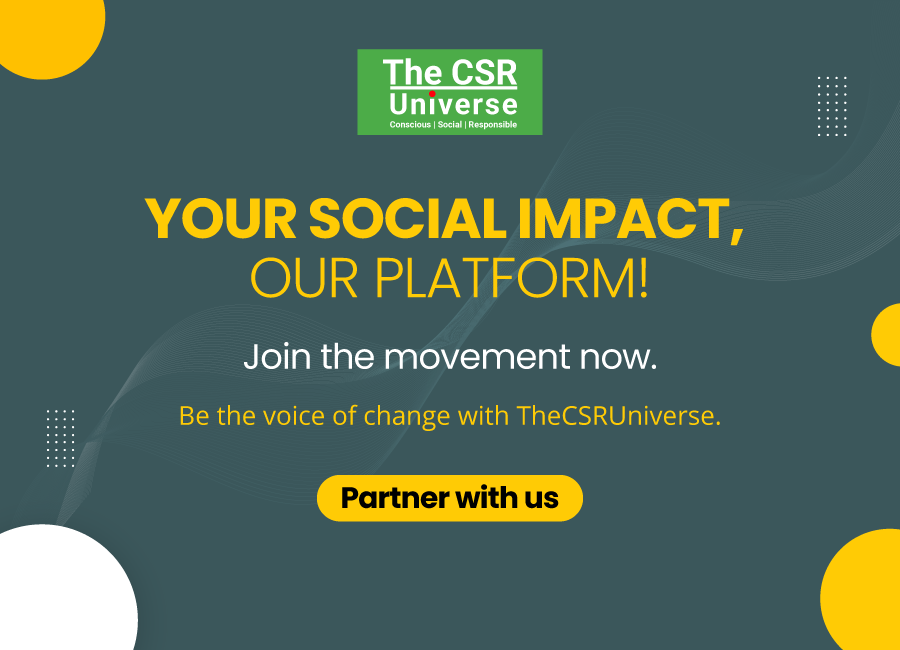


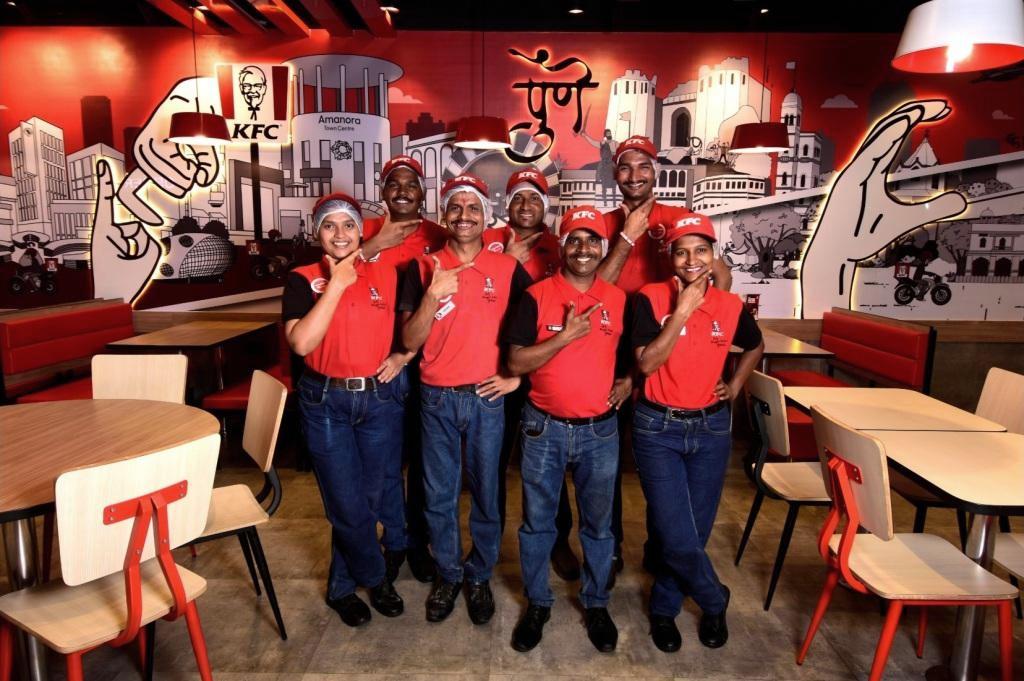

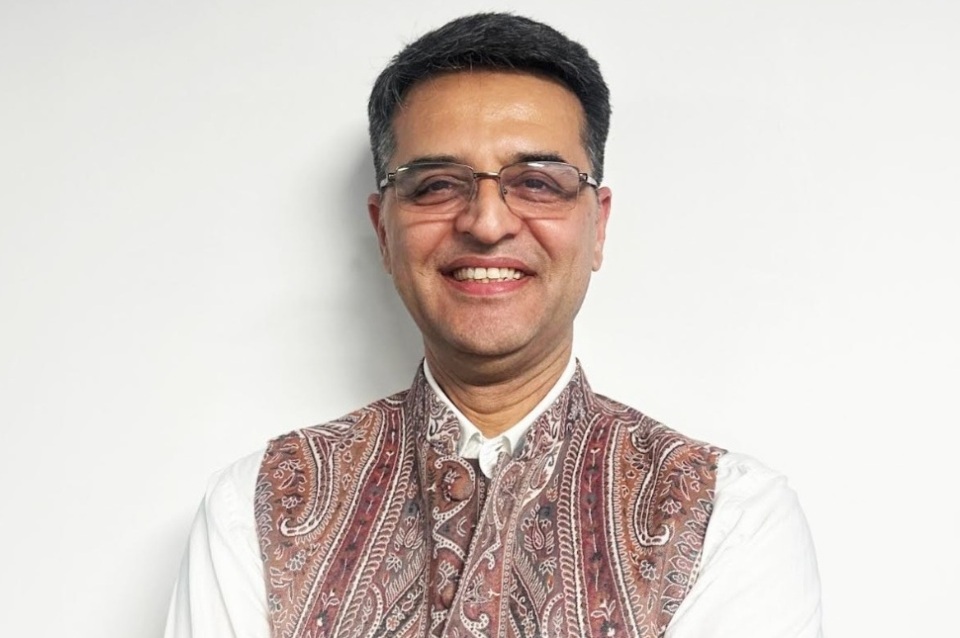
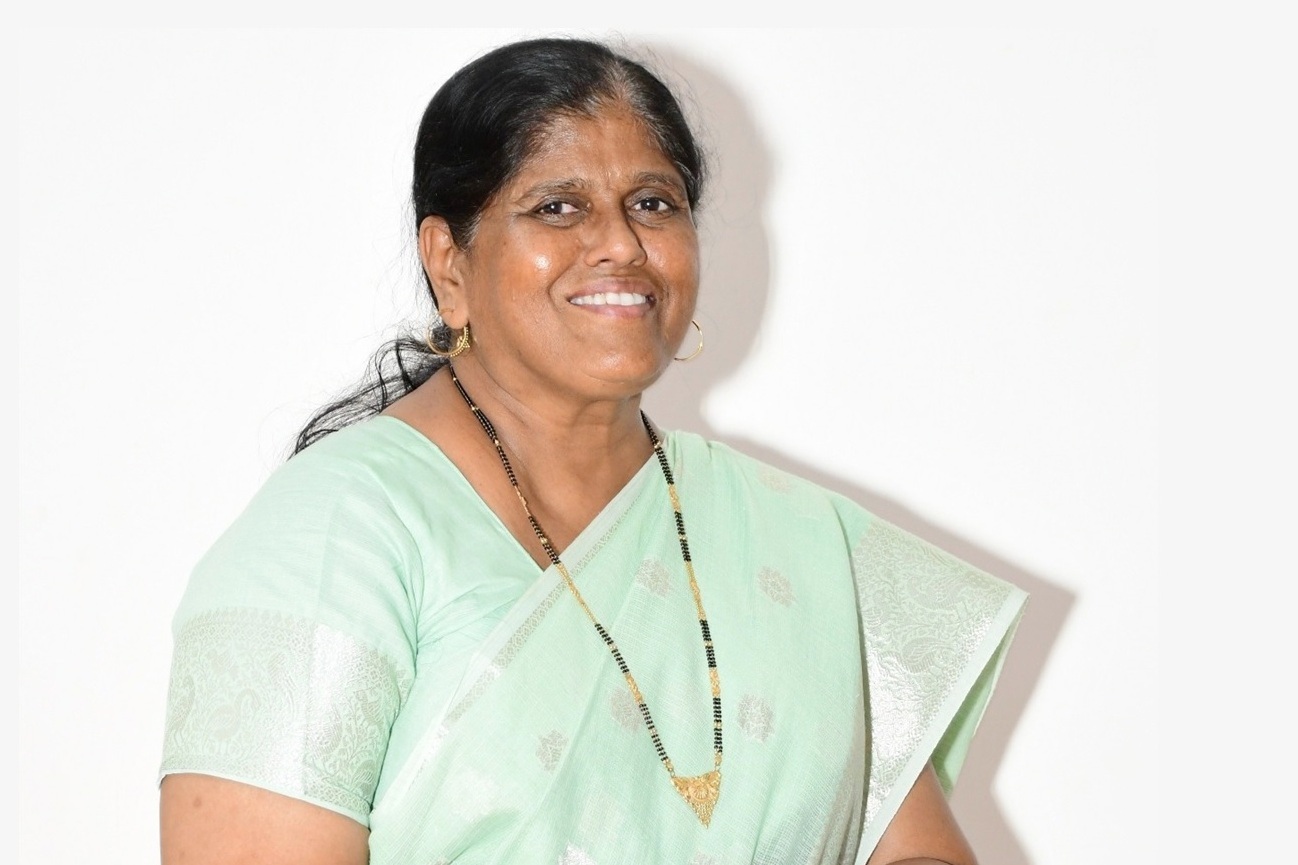


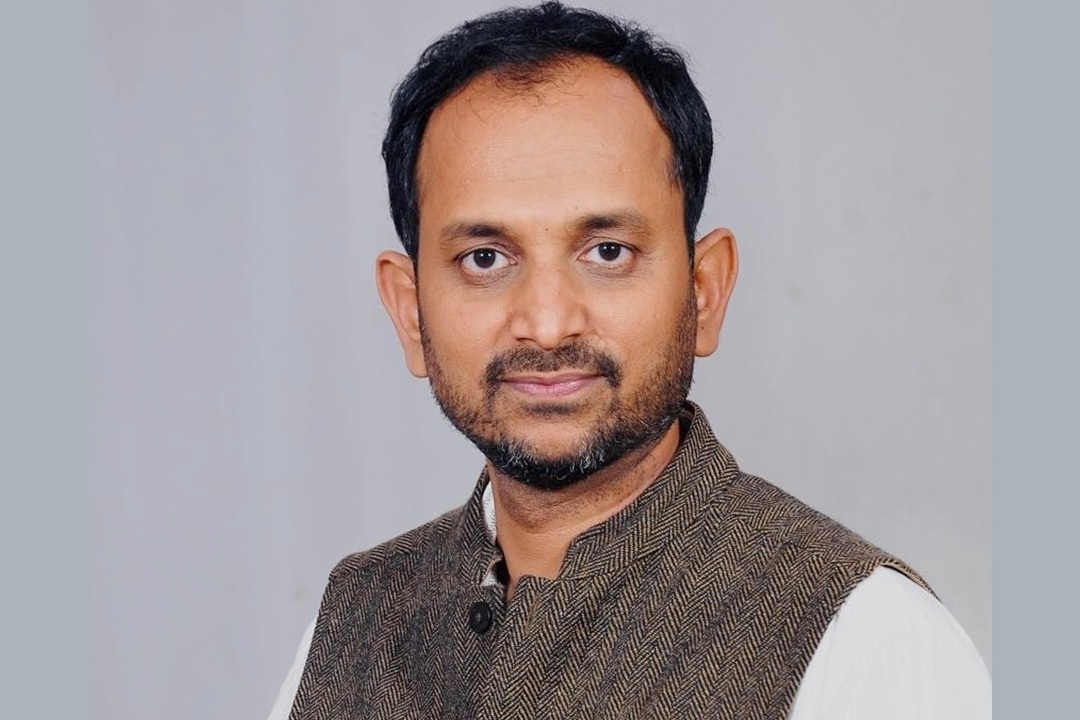
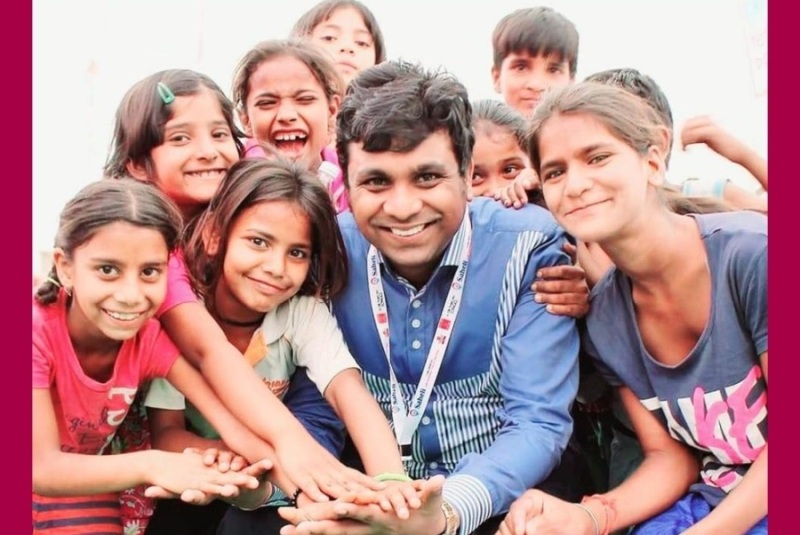
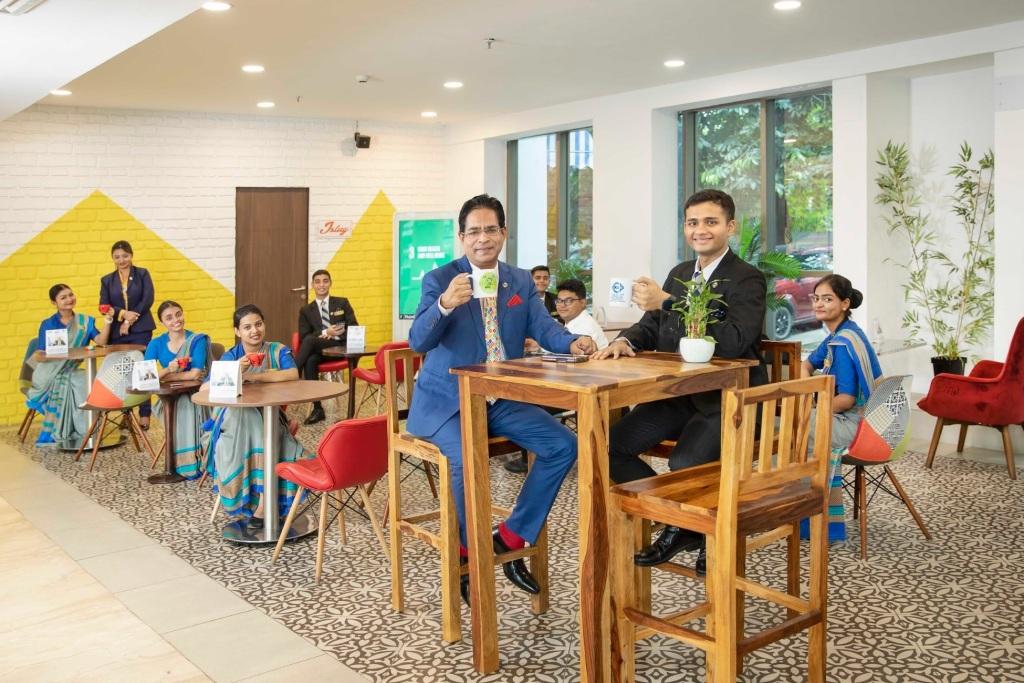
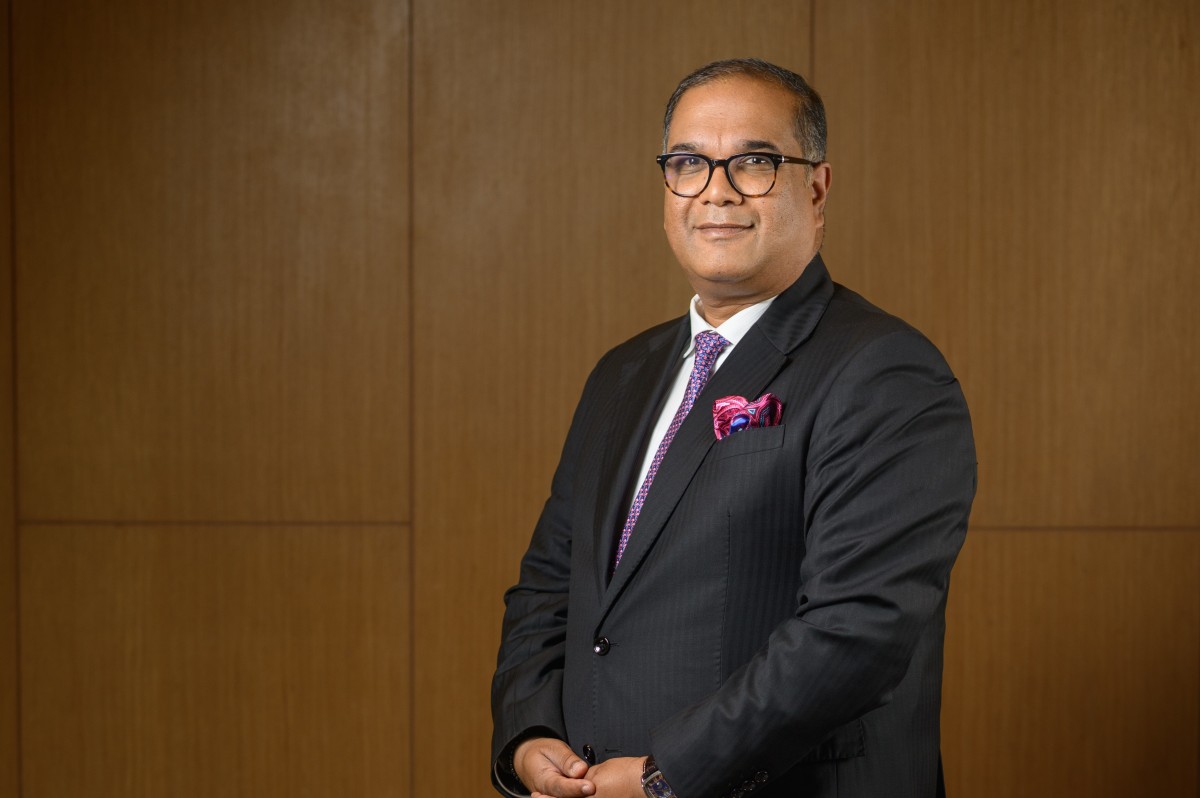
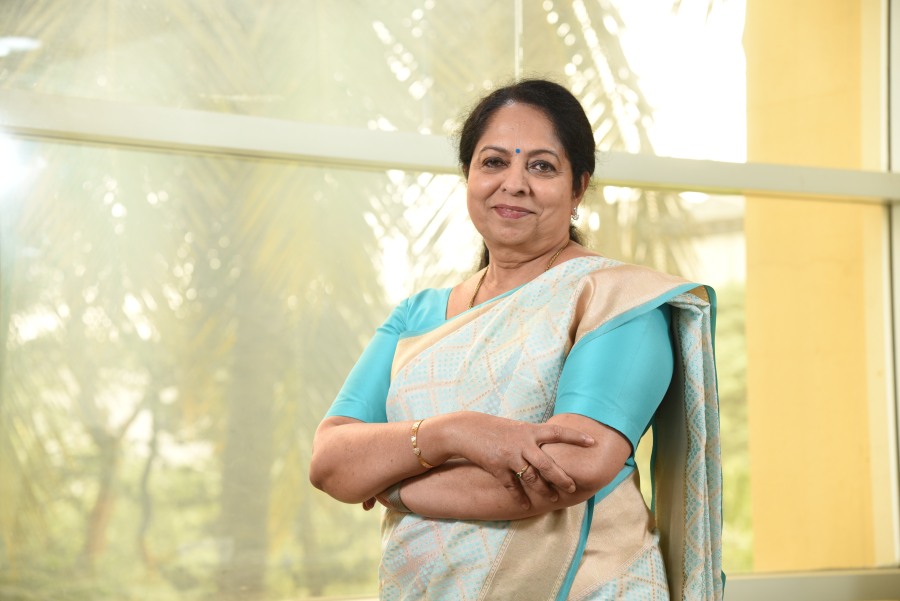
.jpg)
